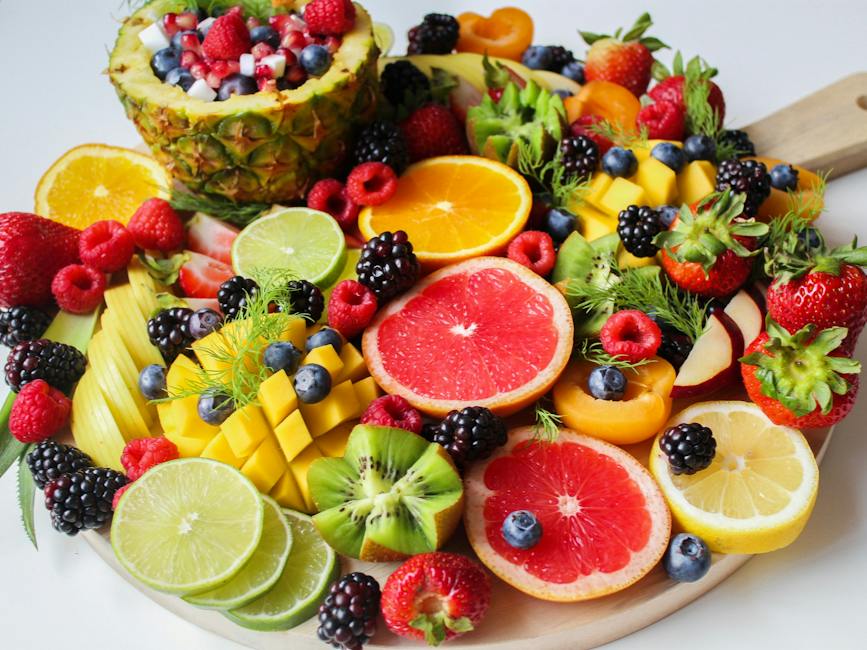The Ultimate Guide to Stone Fruits: Health Benefits, Selection, and Delicious Recipes
Are you looking to add more variety and flavor to your diet? Stone fruits, with their juicy sweetness and nutritional benefits, are a perfect choice. In this comprehensive guide, we’ll explore everything you need to know about these delightful fruits. From how to select the best quality fruits to incorporating them into your meals, we’ve got you covered. So, let’s dive into the world of stone fruits and discover how they can enhance your health and tantalize your taste buds!
What Are Stone Fruits and Why Should You Care?
The Basics of Stone Fruits
Stone fruits, also known as drupes, are a family of fruits characterized by a large, hard seed or “stone” at their center. This category includes popular varieties such as peaches, nectarines, plums, cherries, and apricots. Each of these fruits offers a unique taste and texture, making them a delightful addition to any diet.
Health Benefits of Stone Fruits
- Rich in vitamins and antioxidants
- Low in calories and high in fiber
- May aid in digestion and weight management
- Can contribute to heart health and skin vitality
How to Select and Store Stone Fruits for Optimal Freshness
Choosing the Perfect Fruit
When selecting stone fruits, look for those that are plump and firm with a slight give. The skin should be smooth and vibrant without any bruises or blemishes. A sweet, fragrant aroma is often a good indicator of ripeness.
Storing Your Stone Fruits
- Keep unripe stone fruits at room temperature until they reach desired ripeness.
- Refrigerate ripe fruits to extend their shelf life.
- Avoid washing stone fruits until you’re ready to eat them to prevent spoilage.
The Nutritional Profile of Stone Fruits: A Closer Look
Vitamins and Minerals in Stone Fruits
Stone fruits are packed with essential nutrients that support overall health. They are an excellent source of vitamins A and C, potassium, and dietary fiber. These nutrients contribute to a strong immune system, healthy digestion, and more.
The Role of Antioxidants
The vibrant colors of stone fruits come from their high antioxidant content, including flavonoids and carotenoids. These compounds help protect the body from oxidative stress and may reduce the risk of chronic diseases.
Delicious Ways to Enjoy Stone Fruits in Your Diet
Fresh and Simple
The simplest way to enjoy stone fruits is to eat them fresh. Just wash, slice (if necessary), and savor the natural sweetness. They make a perfect snack or a refreshing addition to breakfast.
Stone Fruit Recipes to Try
- Grilled peaches with a drizzle of honey and a sprinkle of cinnamon
- Cherry and almond smoothie for a nutritious breakfast option
- Plum and goat cheese salad for a savory twist
Preserving Stone Fruits: Jams, Chutneys, and More
Making Homemade Jams
Stone fruits make excellent jams and preserves. With just fruit, sugar, and a bit of lemon juice, you can create delicious spreads that capture the essence of summer.
Creative Chutneys and Compotes
Chutneys and compotes are another great way to preserve stone fruits. These can be used as condiments or toppings for meats, desserts, and more.
Frequently Asked Questions About Stone Fruits
Are stone fruits good for weight loss?
Yes, due to their high fiber content and low-calorie count, stone fruits can be a great addition to a weight loss diet.
Can you eat the skin of stone fruits?
Absolutely! The skin of stone fruits is edible and contains additional fiber and nutrients. Just make sure to wash them thoroughly before consuming.
Conclusion: Embrace the Sweetness and Nutrition of Stone Fruits
Incorporating stone fruits into your diet is a delicious way to boost your nutritional intake while enjoying a variety of flavors and textures. Whether you prefer them fresh, grilled, or preserved, there’s no shortage of ways to enjoy these succulent fruits. So next time you’re at the market, reach for some stone fruits and let their natural goodness brighten up your meals and snacks!


